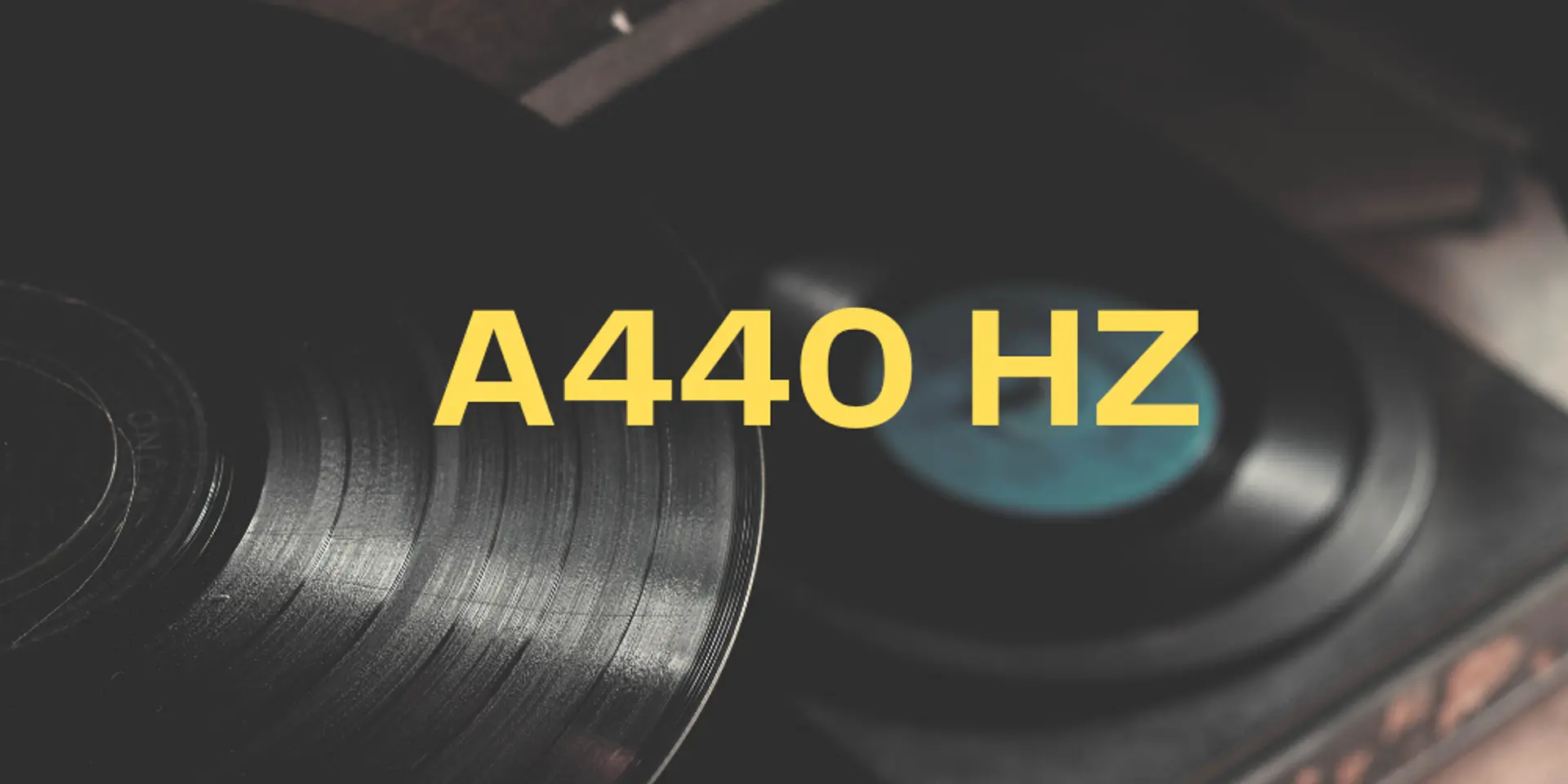Why A440 Hz is the Universal Standard for Musical Tuning
A440, also known as the Stuttgart pitch, is the standard pitch for tuning musical instruments, ensuring harmony and consistency across performances worldwide."
A440, also known as Stuttgart pitch, is the musical pitch corresponding to an audio frequency of 440 Hz. This pitch standard is crucial for tuning musical instruments, particularly the note A above middle C, also known as A4. Adopted as the international standard for pitch, A440 ensures consistency and harmony in musical performances across various instruments and ensembles.
Historical Context
Before the 19th century, there was no unified effort to standardise musical pitch. Different regions and even individual orchestras had their own tuning preferences, leading to a wide range of pitches used in musical compositions. During this period, the pitch of A could vary significantly, from as low as 374 Hz to as high as 567 Hz, depending on the location and the local church pipe organ's tuning.
The journey towards a standardised pitch began in earnest during the 19th century when larger concert halls demanded a higher tuning for a brighter sound. This change posed challenges for string instrument manufacturers and opera singers, leading to efforts to establish a more consistent pitch. The French government played a pivotal role by setting A at 435 Hz through the Treaty of Versailles in 1919.
The Shift to A440
Despite the French standard of A435, variations continued, with the Royal Philharmonic Society in London tuning to approximately 439 Hz. The need for a more universally accepted standard became apparent, especially with the advent of radio broadcasts, which required orchestras to be in tune to avoid disharmony. In 1939, an international conference set A440 as the standard pitch, unaffected by the concert hall's temperature, ensuring uniformity in musical performances.
Technical Aspects and Usage
A440 means that the A above middle C vibrates at 440 cycles per second, or 440 Hz. This pitch is crucial for tuning pianos and other musical instruments. Technicians often use tuning forks or electronic devices to set this pitch, providing a reference point for tuning the entire instrument. For pianos, if they fall significantly below this pitch, a pitch raise procedure is required to bring them back to the standard, involving multiple tunings to stabilise the strings.
Variations and Alternatives
While A440 is the predominant standard, some orchestras and musical ensembles use slightly different tunings for historical or regional preferences. For example, A415 is often used for Baroque music to reflect the historical tuning practices of that era. These variations highlight the adaptability of musicians and the ongoing evolution of musical standards.
The adoption of A440 as the international pitch standard marks a significant milestone in the history of music. It ensures that musicians worldwide can perform together in harmony, maintaining the integrity of musical compositions. Understanding the background and technical aspects of A440 provides insight into the complexities and the collaborative efforts that have shaped the sound of modern music.







